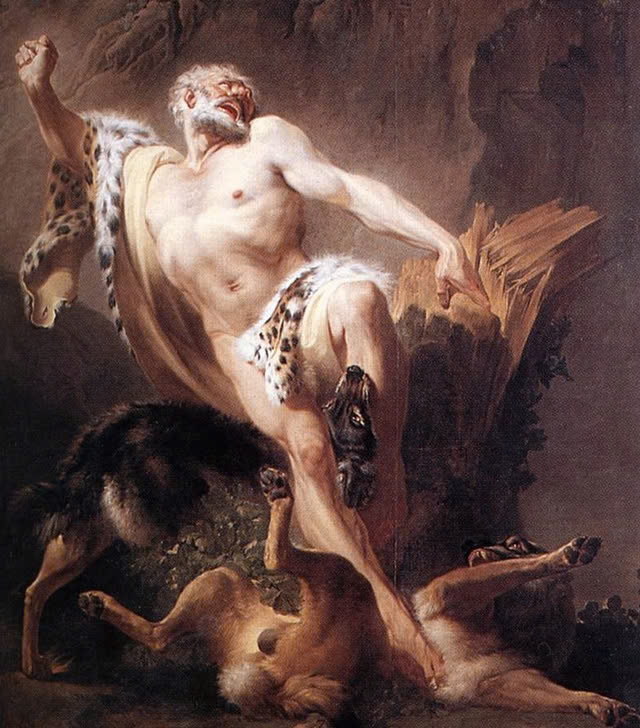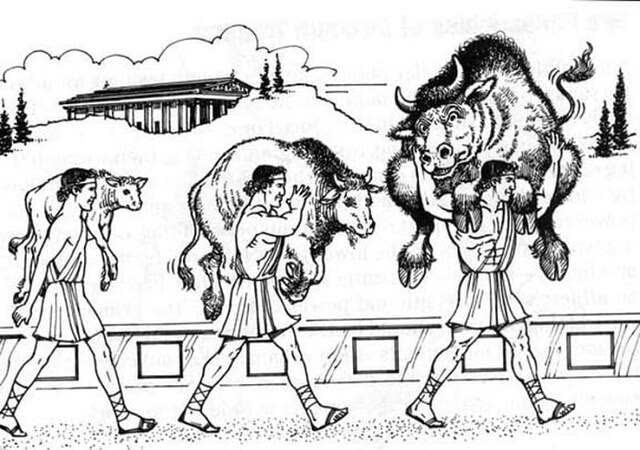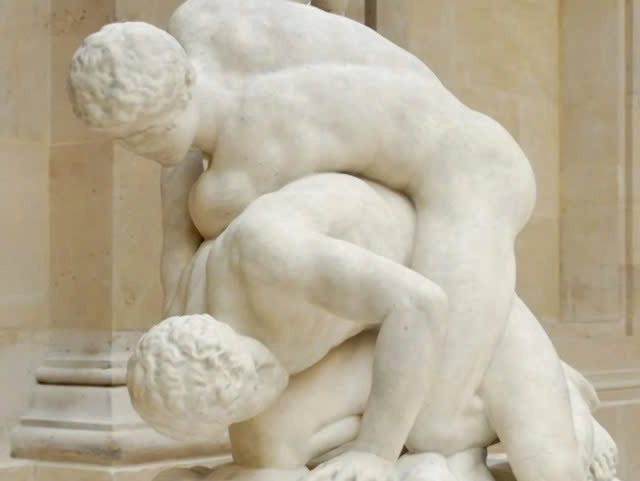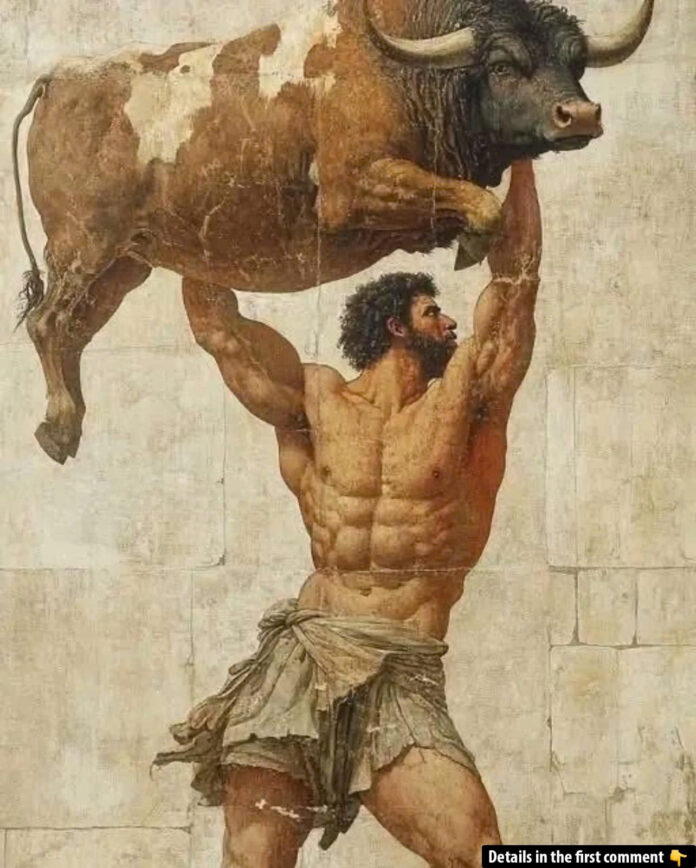In the annals of athletic history, few names command as much respect as Milo of Croton. His extraordinary physical prowess and remarkable achievements have transcended millennia, continuing to inspire strength enthusiasts worldwide. Though he lived in the 6th century BC, his training philosophy and feats of strength remain relevant even in our modern era.
The Wrestling Legend of Ancient Greece
Born in Croton, a Greek colony in southern Italy, Milo first captured public attention when he claimed victory in the boys’ wrestling competition at the Olympic Games in 540 BC. This triumph marked only the beginning of an illustrious career that would span decades. Milo went on to dominate the men’s wrestling category for five consecutive Olympic Games, an unprecedented achievement that solidified his status as the greatest wrestler of his time
His competitive spirit extended beyond the Olympics. Milo’s wrestling supremacy was further demonstrated through his seven victories at the Pythian Games, ten at the Isthmian Games, and nine at the Nemean Games. These accomplishments elevated him from mere athlete to national hero, with historians eagerly documenting his various triumphs.
The Bull-Carrier’s Revolutionary Training Method
Perhaps the most enduring aspect of Milo’s legacy is his innovative approach to strength development. According to legend, Milo discovered the principle of progressive overload through a simple yet ingenious training regimen. Each day, he would hoist a newborn calf onto his shoulders and carry it a set distance. As the calf grew heavier with each passing day, Milo’s strength increased proportionally
By the time four years had passed, Milo was capable of carrying a fully grown bull—a testament to his extraordinary strength and the effectiveness of his training method. This approach—beginning with manageable resistance and gradually increasing it over time—forms the cornerstone of modern strength training programs, revealing Milo as perhaps the first documented strength coach in history.
Astounding Demonstrations of Power
Milo’s legendary strength manifested in numerous impressive feats that captivated the ancient world. Among the most notable was his carrying of his own bronze statue to its designated location at Olympia, demonstrating not only raw power but also remarkable endurance.

His control was equally impressive. Stories tell of Milo holding a pomegranate in his hand so firmly that no one could pry it from his grasp, yet so delicately that the fruit remained undamaged. Another account describes how he could burst bands tied around his head simply by inflating his temple veins—showcasing both strength and physiological control that seemed almost supernatural to his contemporaries.
The Champion’s Extraordinary Diet
Fueling Milo’s herculean strength was a diet as impressive as his athletic feats. Historical accounts suggest he consumed approximately 9 kilograms (20 pounds) of meat and an equal amount of bread daily, washing it down with around 10 liters (18 pints) of wine. While such quantities might seem excessive by modern standards, this high-calorie, protein-rich diet provided the necessary fuel for Milo’s intense training regimen and massive musculature.
His dietary discipline reflected the same commitment he brought to his athletic pursuits, highlighting the holistic approach Milo took to strength development—combining progressive training with appropriate nutrition long before sports science formalized these principles.
The Ironic Demise of a Strength Icon
Despite his seemingly superhuman capabilities, Milo’s life concluded with a tragic irony that has fascinated artists and storytellers for generations. According to legend, while walking through a forest in his later years, Milo encountered a partially split tree trunk. Seeking to demonstrate his strength one final time, he attempted to tear the trunk apart with his bare hands.
When he pried the split open, the wedges holding it gave way, causing the trunk to snap shut and trap his hands. Unable to free himself, the once-invincible champion fell victim to wild beasts. This poignant end has been immortalized in numerous artistic works, including Joseph-Benoît Suvée’s oil painting and Pierre Puget’s dramatic sculpture, serving as a powerful reminder of mortality’s grip on even the strongest among us.
Video
Milo’s Enduring Cultural Impact
The legacy of Milo extends far beyond athletics into the realm of art and literature. Renaissance writers like François Rabelais referenced Milo’s strength when describing the fictional giant Gargantua. Even Shakespeare, in a historical anachronism, mentioned “bull-bearing Milo” in his play “Troilus and Cressida,” demonstrating the wrestler’s enduring place in the Western cultural imagination

Modern strength athletes continue to draw inspiration from Milo’s methods. The principle of progressive overload he pioneered remains fundamental to contemporary strength training programs, while his commitment to consistency and gradual improvement serves as a template for athletic development across disciplines.
A Legacy of Strength and Wisdom
More than 2,500 years after his Olympic triumphs, Milo of Croton’s influence persists as a testament to human potential. His approach to strength development—systematic, progressive, and disciplined—offers wisdom that transcends the ancient world. The principles that guided Milo continue to guide strength enthusiasts today: start with what you can handle, increase the challenge gradually, and maintain unwavering consistency.
While his physical strength may have been extraordinary, perhaps Milo’s greatest contribution was demonstrating the power of methodical training and uncompromising dedication—qualities that remain essential for achievement in any field. As we reflect on this ancient champion’s remarkable life, we find not merely a story of physical prowess, but a timeless lesson in the pursuit of excellence.

